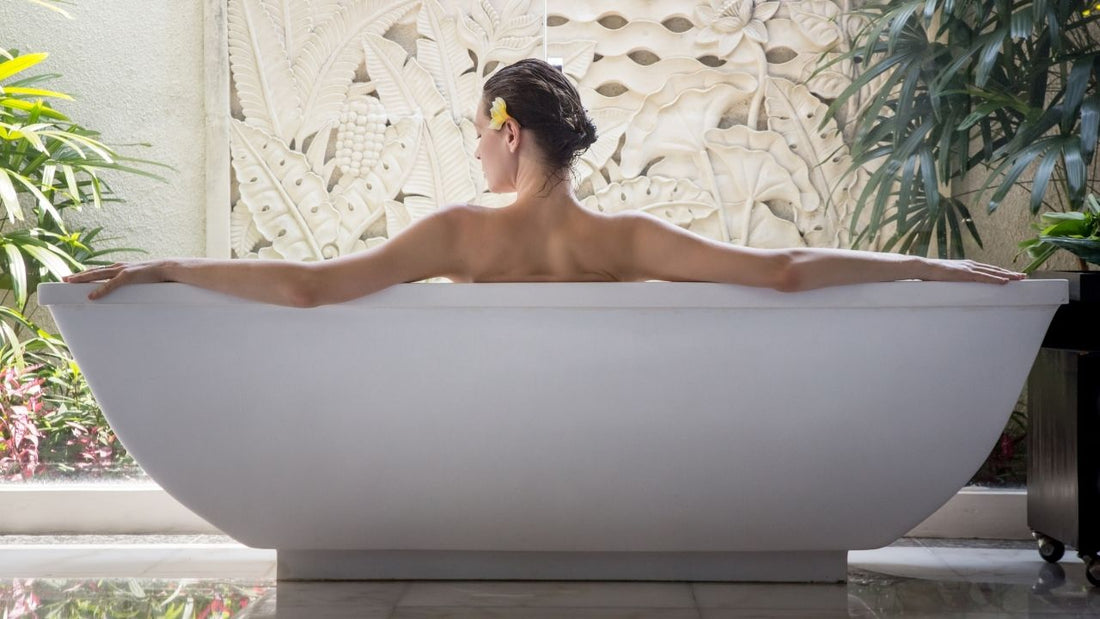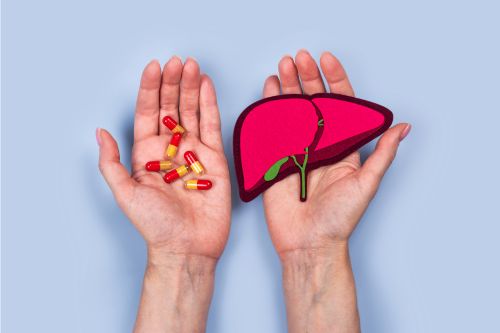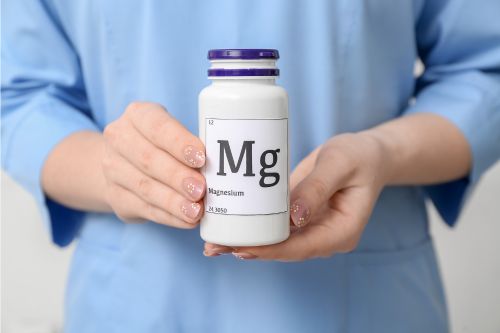4 Min Read
4 Ways To Do Hydrotherapy at Home

"Work is driving me crazy; the laundry isn’t done yet; dinner hasn’t been prepared; the kids still need help with their homework; lunch needs to be prepared" etc. etc. How many of these thoughts run through your mind every night? With all these things going on in the background, we often forget to take care of ourselves, whether it’s skipping lunch, avoiding the gym, forgetting your friends or getting 4 hours a sleep a night to get everything done. Eventually, this causes a BURNOUT! A burnout can appear in so many different forms, ranging from anger to extreme fatigue to insomnia.
We all need to partake in some form of self-care. Self-care is something that is provided for YOU, by YOU. It is not being selfish, it is essential! It means recognizing what you need and figuring out ways in which they can be met. Emotional hygiene is real! We need to take care of our emotions, our minds and our bodies. I know for many people, taking this time to yourselves is an extremely difficult task. However, I encourage you all to take those 20 minutes to yourself every day. In this post, I talk about using hydrotherapy as a form of self-care because it is quick and easily accessible. It is totally doable for every one of you - even all you hardworking mom’s out there!
What Is Hydrotherapy?
Hydrotherapy involves the medicinal use of water. There are many different forms of hydrotherapy, including hot tubs, ice packs, saunas, mineral springs, hot springs, sitz baths and water exercises. Hydrotherapy can increase blood circulation and increase the production of endorphins.
How Can Hydrotherapy Help?
Hydrotherapy has tons of health benefits! It can help:
- Strengthen the immune system
- Reduce inflammation
- Heal injured tissues
- Help to energize
How To Incorperate Hydrotherapy If You are Short On Time
If all you have is that 20 or 30 minutes to yourself, try one of these hydrotherapy routines:
1. Dry Skin Brushing
During the fall and winter months, we wear a lot more clothing and spend more time in heated environments. This can be very drying and damaging to the skin. Dry skin brushing helps to stimulate your skin and slough off dead cells. It helps to bring circulation to the surface and help to keep skin nice and toned!
Method: You can use a massage brush or a loofah. Stand in your bathtub and draw small circles towards your heart for every body part. Start with brushing your feet upward, then your legs and your buttock. Next, do your abdomen, chest, right arm and lastly your left arm. Do this 2-3x a week.
2. Epsom Salt Baths
Epsom salt baths are great for the winter. They help to release toxins and metabolic waste through perspiration. Excessive stress can lower the body’s magnesium levels.Epsom salts are high in magnesium, which promotes the release of lactic acid (a waste product of muscle tissue) and is great for post-workout soreness. Avoid this if you have high blood pressure and severe varicose veins, as this bath is very stimulating.
Method: Turn off the lights, put some music on with candles and just relax. Add 2 cups of 1kg salts to a hot bath. Soak for about 15-20 minutes. Try this 2x a week
3. Contrast Showers
Variations in temperature allow for the strengthening of circulatory, endocrine, nervous, immune and musculoskeletal systems. It helps to improve blood circulation and increase the flow of immune cells. Contrast showers also reduce the levels of lactic acid in muscles, which can reduce soreness. The greater the contrast between the hot and cold temperatures the greater the therapeutic benefit
Method: You will be alternating between hot and cold-water temperatures while taking a shower. 4 minutes of hot water followed by 1 minute of cold water. Repeat this 3-5 x.
4. Sauna
The exposure to heat can increase detoxification and relaxation. It can reduce muscle tension, increase blood flow and decrease pain. Try this 2-3x a week
Although hydrotherapy is low risk for most people, it can pose risk for certain groups including:
- Conditions that can be worsened by exposure to extremes of heat or cold (Heart disease, lung disease, circulation disorders, Raynaud’s phenomenon)
- Difficulty perceiving temperature (neuropathy or damaged nerves)
- During pregnancy
- Individuals with pacemakers
No matter what method of self-care you chose to practice, just make sure you take those 20-30 minutes to yourself at least 2-3 times a week. It is so important to prevent that mental and physical "burn-out". Self-care is the best way to reduce stress and improve fatigue. If you are feeling run down, this will help you catch your breath!
Written By: Dr. Saira Kassam | 2016



